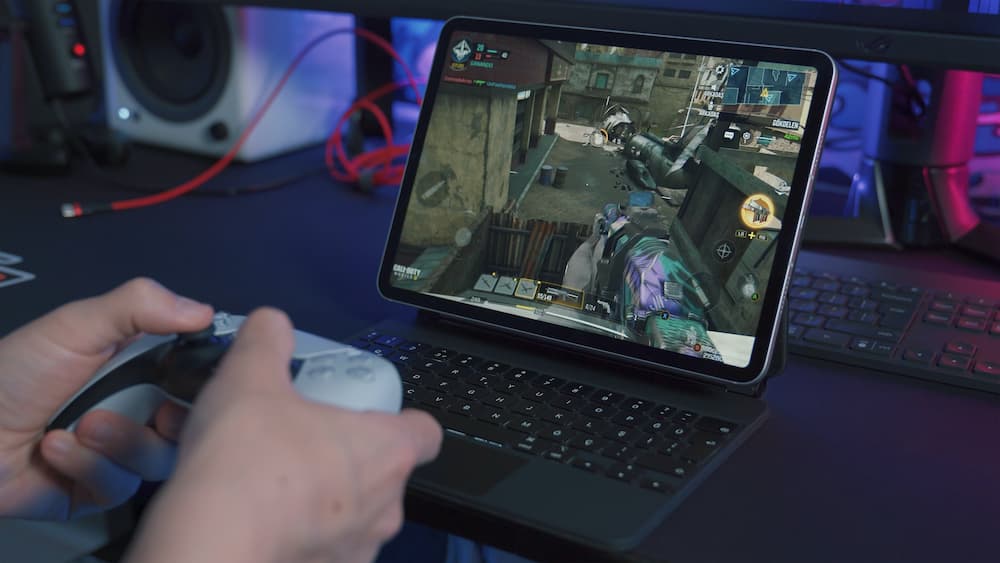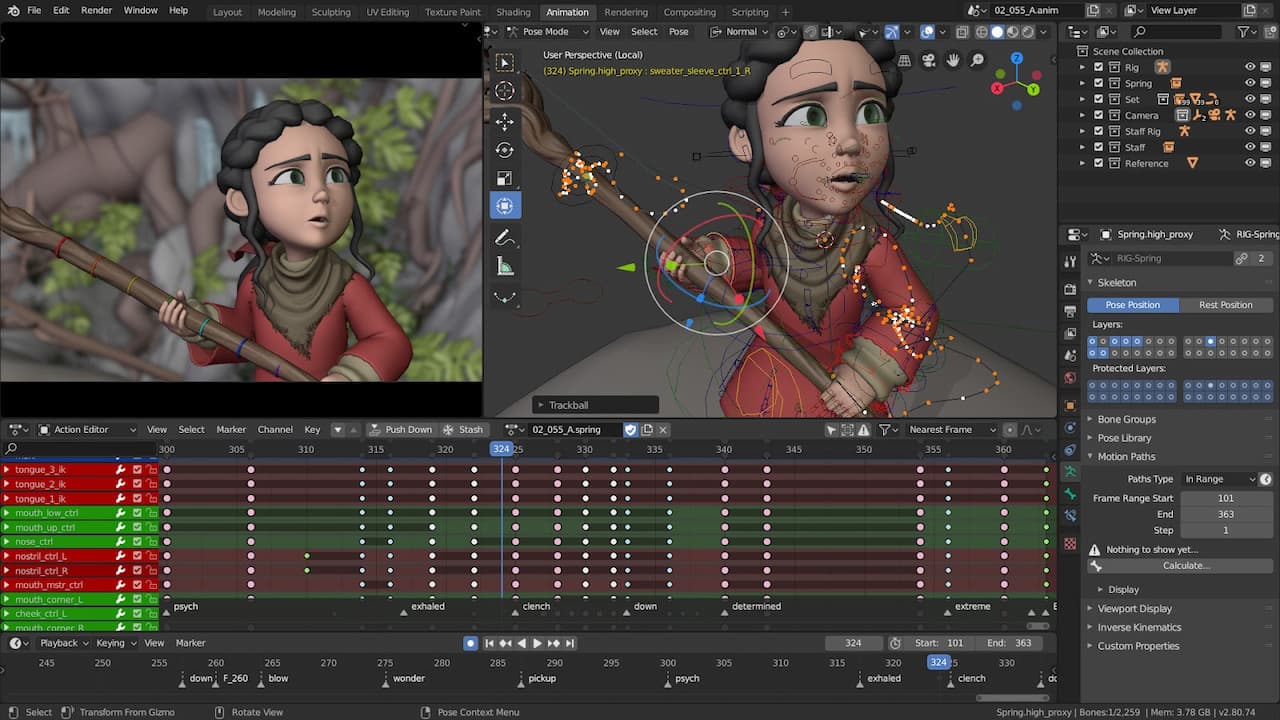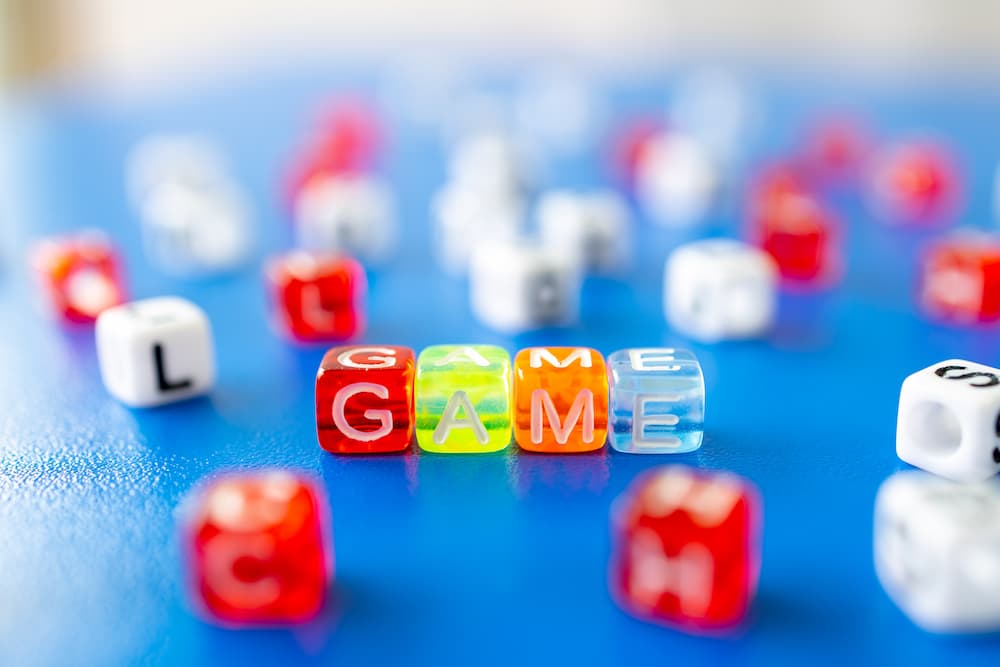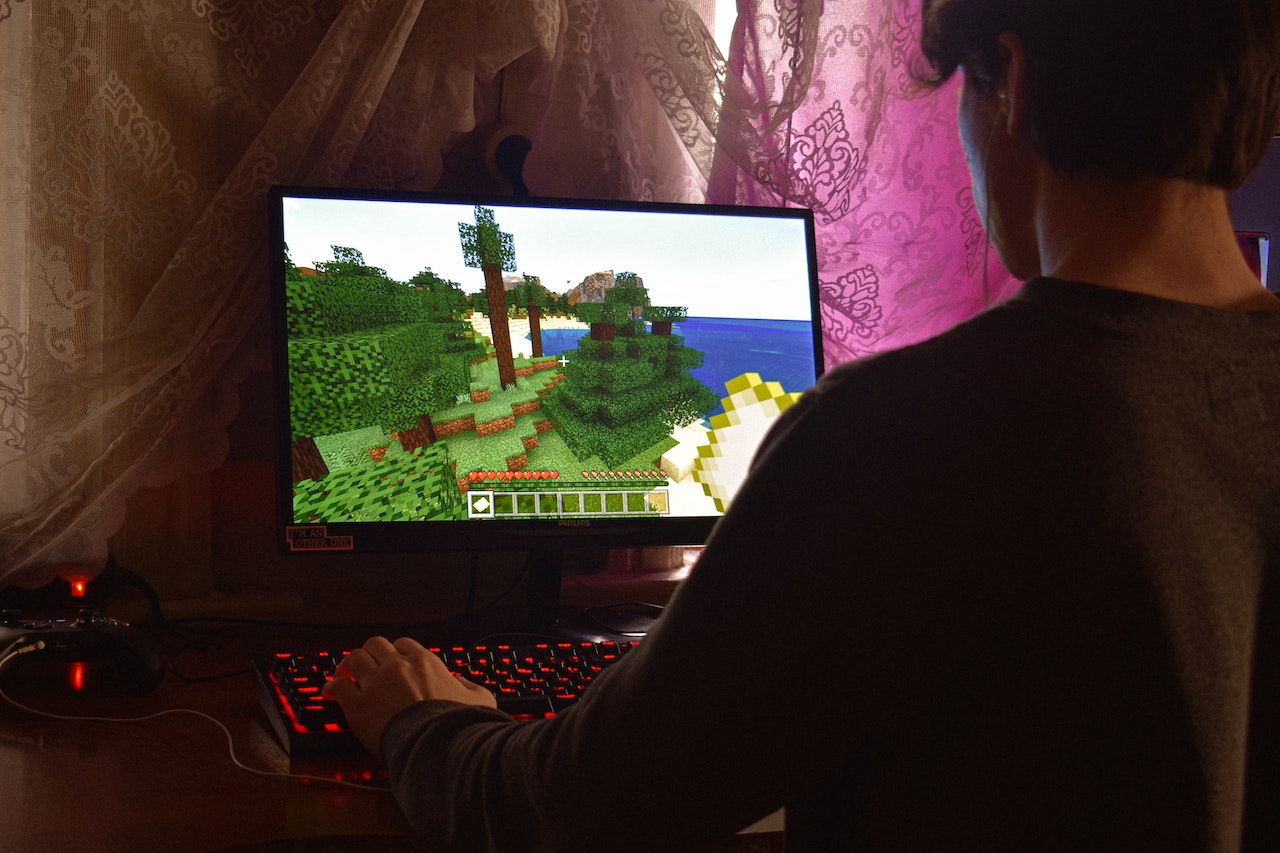It’s a question we ask ourselves every day here at Haywire Group. We’ve been developing games for over 10 years and have shipped many successful titles including “Death Rally”, “Super Stardust HD” and Playstation Home.
In this article, we’ll tell you how we started to develop our latest title “Invasion: Brain Craving”. We’ll show you the tools we used and walk you through the steps of building a simple game level from scratch so that you can get an idea of what it takes to create something cool. Let’s get started!
First – Some Background
The full process of making an online console game is very different from creating casual games for your PC or mobile device. Console games are usually developed as a joint effort between a publisher and it’s developers. A console game project usually starts with the producer who is in charge of creating a milestone schedule and budget for the project. The milestones are used to check progress and determine if we’re on track or not. After that, the concept art and storyboards are created which help visualize how the game will look and feel. Then, working closely with the programmer(s) responsible for gameplay mechanics, characters, aI etc., all aspects of how the game plays are designed. At many stages during this process workflows are defined together with the artists who create sprite sheets, tilesets etc., sound designers who define music and SFX styles plus other content creators.
The core team responsible for the game itself then builds it in parallel with milestones, gameplay and content reviews. These can be very demanding as we try to finish milestones depending on when the end of a stage is scheduled. For example, if you’re making an FPS set in London, expect milestones to be based around key periods of history such as Victorian times or World War 2. If your game doesn’t fit into this mold or you are able to make it work across multiple time periods there are opportunities to save some development time but every project is unique!
After things are built and working they go through further testing…and finally once everyone’s happy, it ships!
There’s more than one way of doing things but our prototyping process usually starts with a quick brainstorm about what kind of game we’d like to make. Maybe there’s some key features that need to be included, or maybe it’s an idea for a new style of gameplay?
Once something has caught our imagination, the next step is to come up with a very simple prototype that shows how the concept might work on screen. We usually create something in 2D using Photoshop or Flash to get things moving quickly before anyone spends too much time building 3D geometry etc.. A good prototype shows 90% of the final result but doesn’t take months to create! Once people are on board and everyone understands the vision it takes only another couple of weeks to start seeing results which keeps people excited throughout development. After creating several prototypes and making sure everyone is happy, the next step is to come up with a detailed specification of how our game will work.
What a detailed specification includes
What’s the range of movement for players and enemies?
What happens when you die?
What kind of weapons do we need?
Does it have limited ammo or reloading mechanics etc.?
Where does this fit into the world?
Is there an intro sequence?
How many levels are there and what do they look like?
And so on…
Work continues in parallel on creating content such as spritesheets, tile sets and music so that everything can be handed over to programmers to use in-game. Meanwhile, other important work takes place such as planning out UI (User Interface), menus and game flow.
When the specification is complete, our programmers begin working on the game itself! After internal milestones are reached, they hand things over to QA (Quality Assurance) to make sure what they’ve built works as intended before it’s released. It’s then our job to keep players updated with new content and features just like we do here on IndieDB! Once everything is ready for release, we discuss plans for how the game will be published and marketed so that everyone involved can be successful and excited about its launch!
There are no hard and fast rules for how long each stage takes but as with any creative work it’s highly dependent on the size of the team, available budget and scope. For example, if you’re creating a game without any existing art assets or gameplay mechanics to start with you will probably need at least 3 months to come up with an engaging prototype… But this can be less than half the time if your game idea is based around some simple gameplay mechanics that already exist in other games e.g. “What if we combined top-down shooter gameplay with 2D platformer movement?”.
The “classic” model is quite linear where development occurs in small stages until reaching beta then finally gold master but things can really spiral out of control if you’re not careful! One way of avoiding this is by planning and setting milestones. Our Gold Rush project was originally supposed to have 30 levels but grew to more than double that so instead, we split the game into 3 separate chapters each having 10-15 levels with a specific style and art direction. This gave us some flexibility when it came to production time and ultimately meant Gold Rush took around 6 months in total compared to one year if all 30 levels had been developed together. If you are lucky enough to get your prototype or demo greenlit by a publisher then things get interesting!



